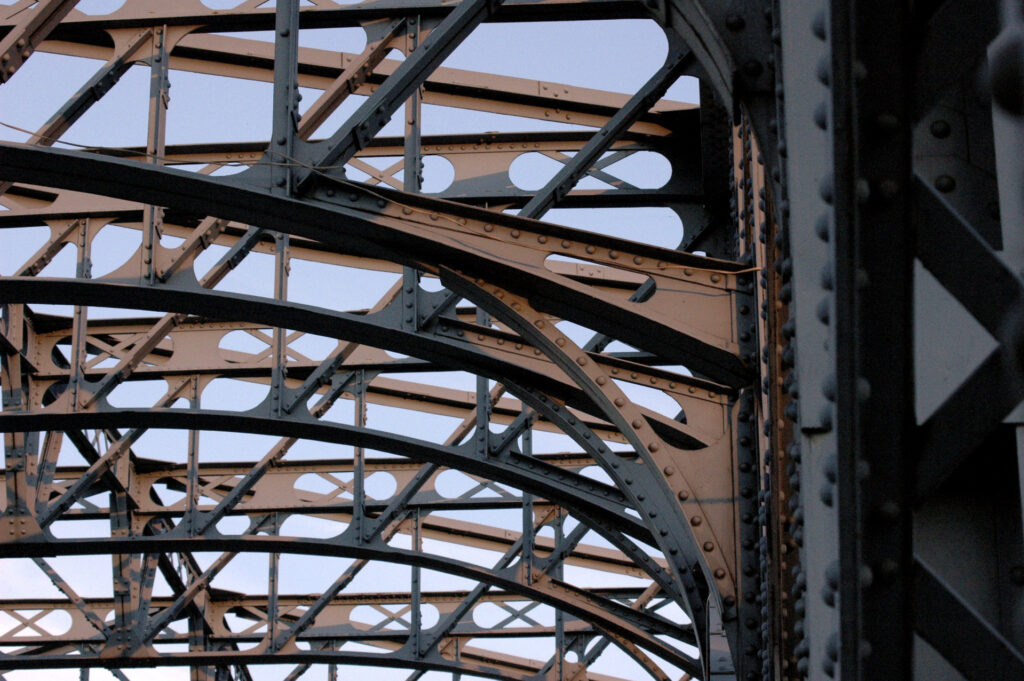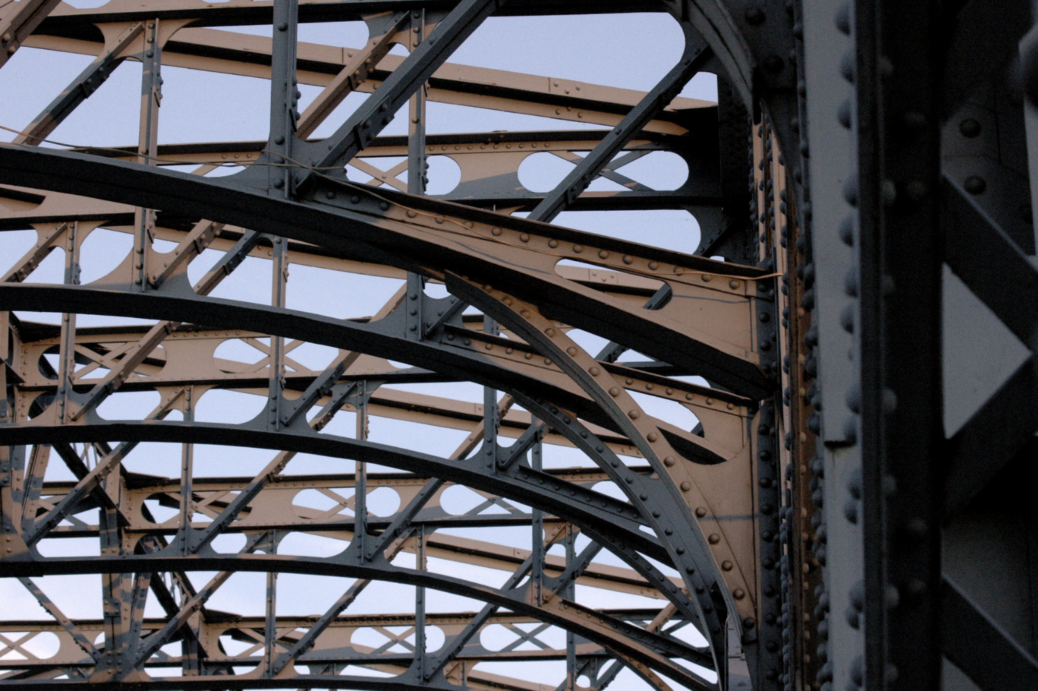
Buildings are dependable on trusses for increased reliability, strength, and durability. Steel can be accepted as one of the wise choices due to its versatile and flexible nature.
Why Steel Is a Good Option for Trusses?
Typically, in every construction project, contractors find themselves on the horns of a dilemma whether selecting which option makes more sense in trusses: Steel or wood? Wooden trusses usually benefited in residential houses while trusses of modern buildings mostly made out of steel. Wood has major weakness since the moisture content decrease in time, which decreases its toughness. Delays that occurred in the project put wooden trusses at the risk of rotting, warping, and infestation.
Unlike wood, steel is not an organic material. Therefore, such problems are impossible to encounter in steel trusses. Advanced technology presents low-density and high-strength modern steel trusses to builders. Computer-assisted engineering methods enable producers to make regular and intricate shaped trusses rapidly, with high precision and quality. Furthermore, steel trusses are immune to bad weather and nasty conditions. It will neither deform nor lose its properties by itself. In terms of cost-cutting measures, pre-assembled steel trusses help to save time and money.
By reaching high standards, steel became a material of choice for engineers due to its various advantages. Architectural beauties are seen on commercial and residential buildings, stadiums, malls, museums, and more partially owe their appearance to possibilities brought by the usage of steel trusses. Long service life, design flexibility, advanced integrity of the structure, the capability to withstand heavy loads makes them one of the indispensable components of structures. They are available in a broad spectrum of kinds, geometries, dimensions according to different applications.
The Process of Steel Truss Fabrication
The complicated production process of a steel truss requires special tools, skills, and methods to create particular end products as desired. This process is divided into three main steps: cutting the raw steel, forming the shape, and assembling the parts. Various different cutting tools, including high technology water jets, plasma, and laser cutters. Saws are used for simple straightforward cuts while plasma and laser cutters are used to cut intricate geometries.
Forming process starts right after cutting. Trusses are press baked and rolled to obtain the desired shape. These two methods enable fabricators to produce an extended range of sizes and geometries. Different types of trusses are fabricated according to customer demands. For instance, metal studs in C-shape are used in roof trusses.
In the last step of the production process, fabricated parts are assembled according to technical blueprints. A producer must be very well acquainted with the type of trusses, exposure of wind, span, purpose of use, desired slope to execute assembly operations accurately. These operations include welding and connecting the parts together to be ready to fulfill its duty as a support member. Software programs are utilized by the producer to meet the expectations of the buyer. Optimum properties can be achieved by an experienced producer. The target is to create the truss as lightweight as possible without giving up on the integrity and stability of the structure. At the same time, they must comply with the standards.
Customized Steel Trusses
Buyers sometimes prefer customized steel trusses to meet the design requirements of their projects. Such designs in which a more appealing appearance is aimed, builders may have to seek for eccentric pieces of support types. Steel trusses are able to encompass all the needs of buyers. They are highly adaptable for various kinds of designs thanks to the high technology steel truss production methods used in cutting, forming, and assembly steps. The steel truss is the right answer for a demanding project.
You May Be Interested:
- A comprehensive guide to structural steel
- What Is an I Beam and Why Is It Used?
- 6 Essential Questions Worth Asking to Your Structural Steel Provider
- Properties and Uses of S Series (235, 275 and 355) Steels
- Why Steel Structures Are Superior to Other Structural Materials?
- 4 Latest Technologies in Steel Industry


